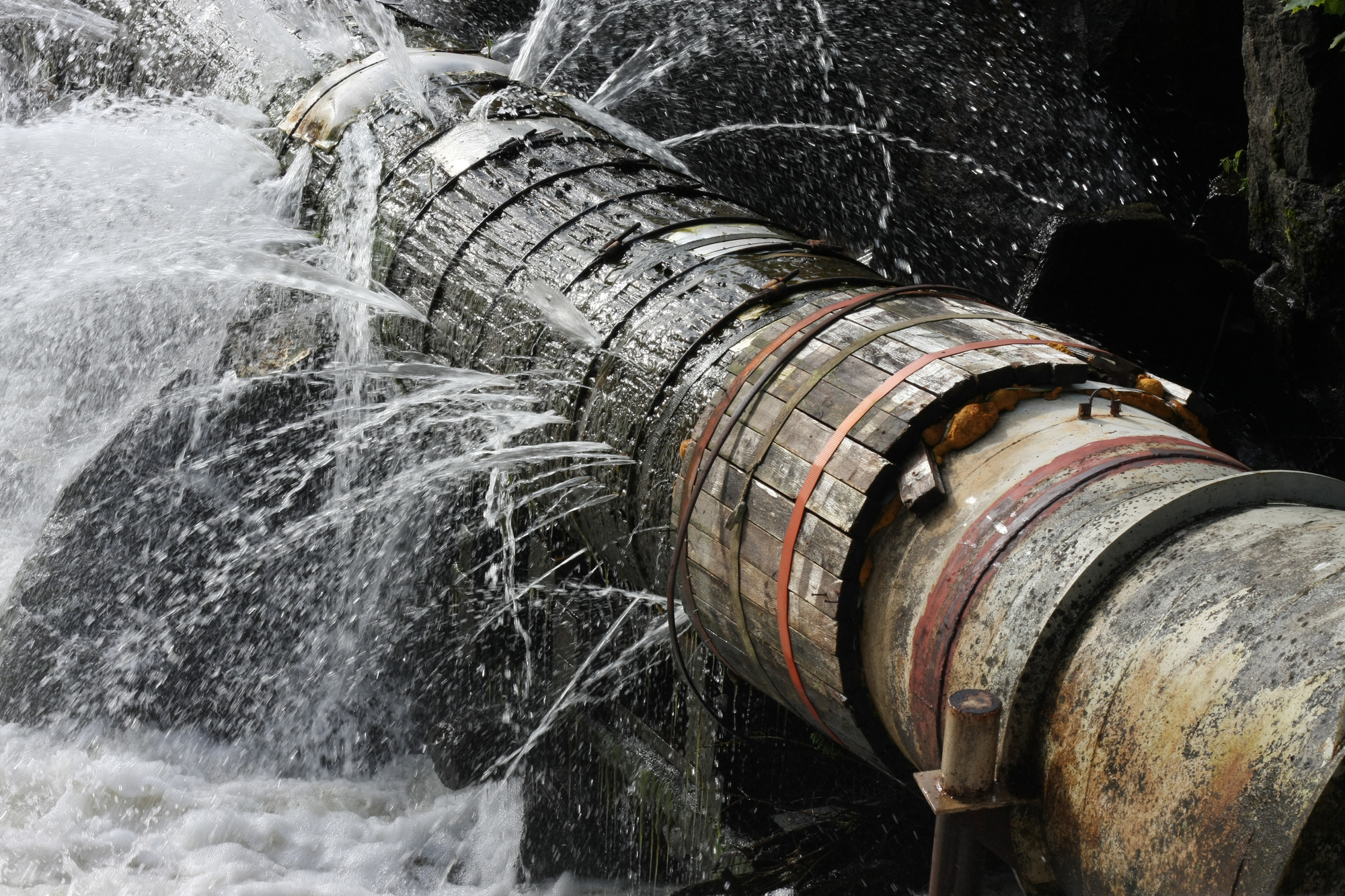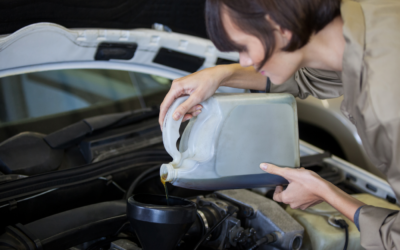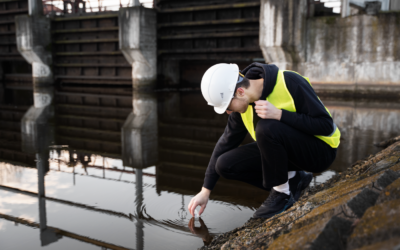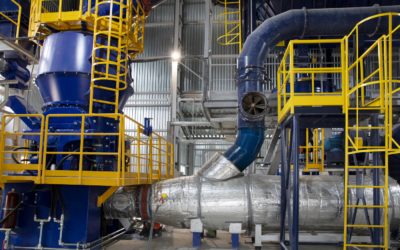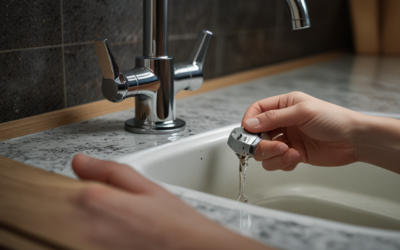Are you tirelessly battling creaky faucets, slow-draining sinks, or overflowing toilets in your home? If so, you’ve come to the right place. As an experienced plumber, I’m here to offer you valuable insights and practical solutions for your most common plumbing problems. As part of my blog series for this year, I aim to equip homeowners like you with skills from the very basics to the complex aspects of plumbing. And remember, understanding is the key to preventing common plumbing issues from escalating into costly repairs.
The first thing any homeowner must realize is that not all plumbing problems require the assistance of a professional. Yes! There are several DIY fixes that anybody, even with a rudimentary knowledge about tools, can execute.
A relentlessly dripping faucet or a perpetually running toilet is not just annoying; it can be exceedingly wasteful. Generally, this issue is caused by an aging or malfunctioning part that needs to be replaced, such as a washer or hydraulic mechanism. Thankfully, it’s a relatively easy process that doesn’t necessitate professional assistance. All one requires is a basic set of tools, the right replacement part, and a bit of time.
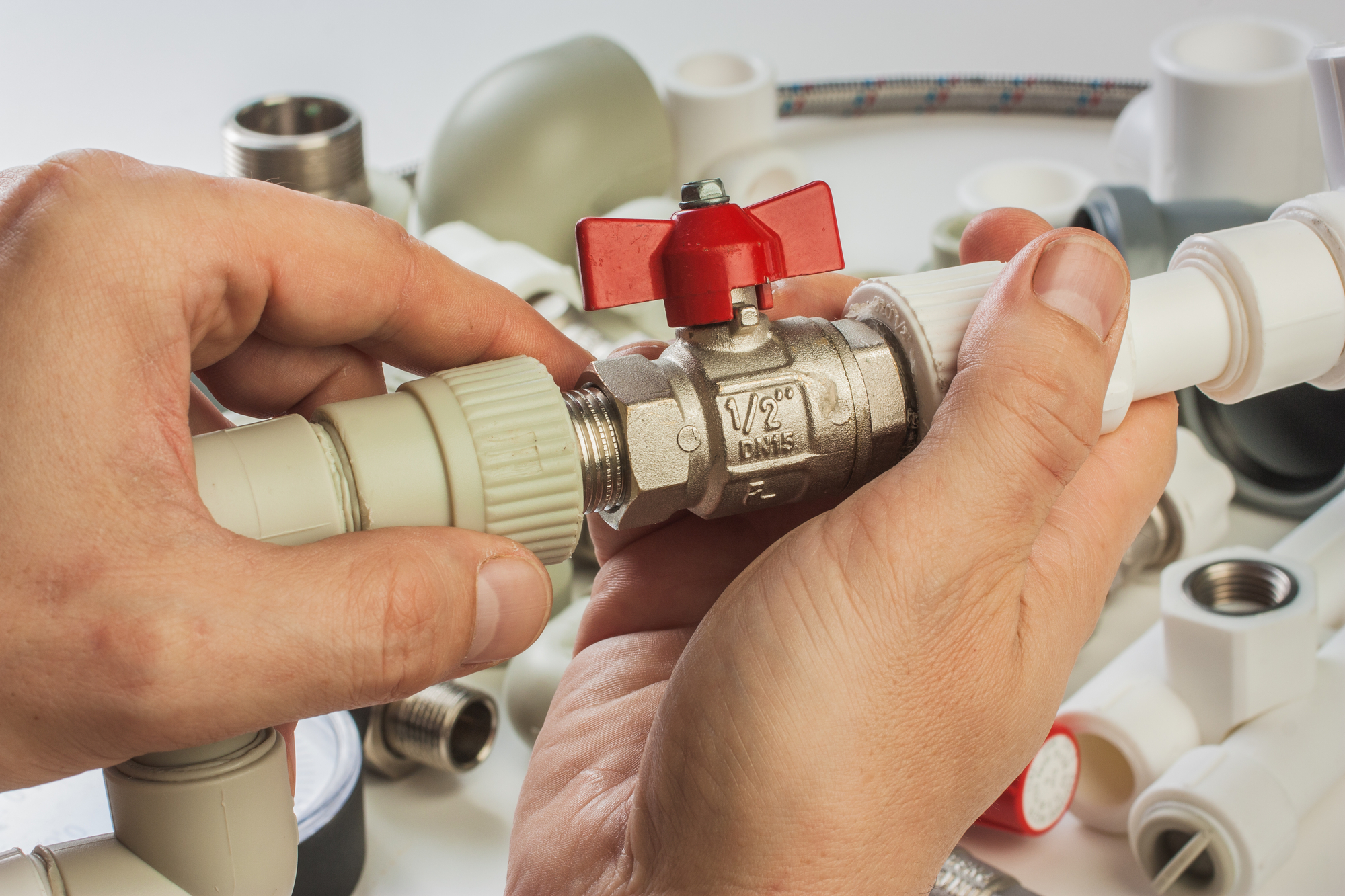
As for slow or blocked drains, they are a prevalent issue in many homes. While it may seem daunting, simple remedies such as hot water flushes, use of a plunger or a sink or drain snake, can easily unclog your drain. Take it a step further, and you can use homemade solutions like a mix of baking soda and vinegar to manage stubborn clogs.
The key to success in DIY plumbing jobs lies in being prepared and all about choosing the right tools for the job. The correct tools not only make these tasks simpler but also prevent any further damage that might be caused to your fixtures or fittings. Therefore, it’s essential to have a basic toolkit handy. It should include a range of different wrenches, pliers, pipe cutters, and even a plunger.
Plus, make it a habit to regularly inspect your home for any signs of leaks or water damage. Undetected leaks are infamous for contributing to mold growth and structural damage, which can be quite costly to repair. Look for wet spots under sinks, damp patches on walls or ceilings, and any sudden increase in your water bill.
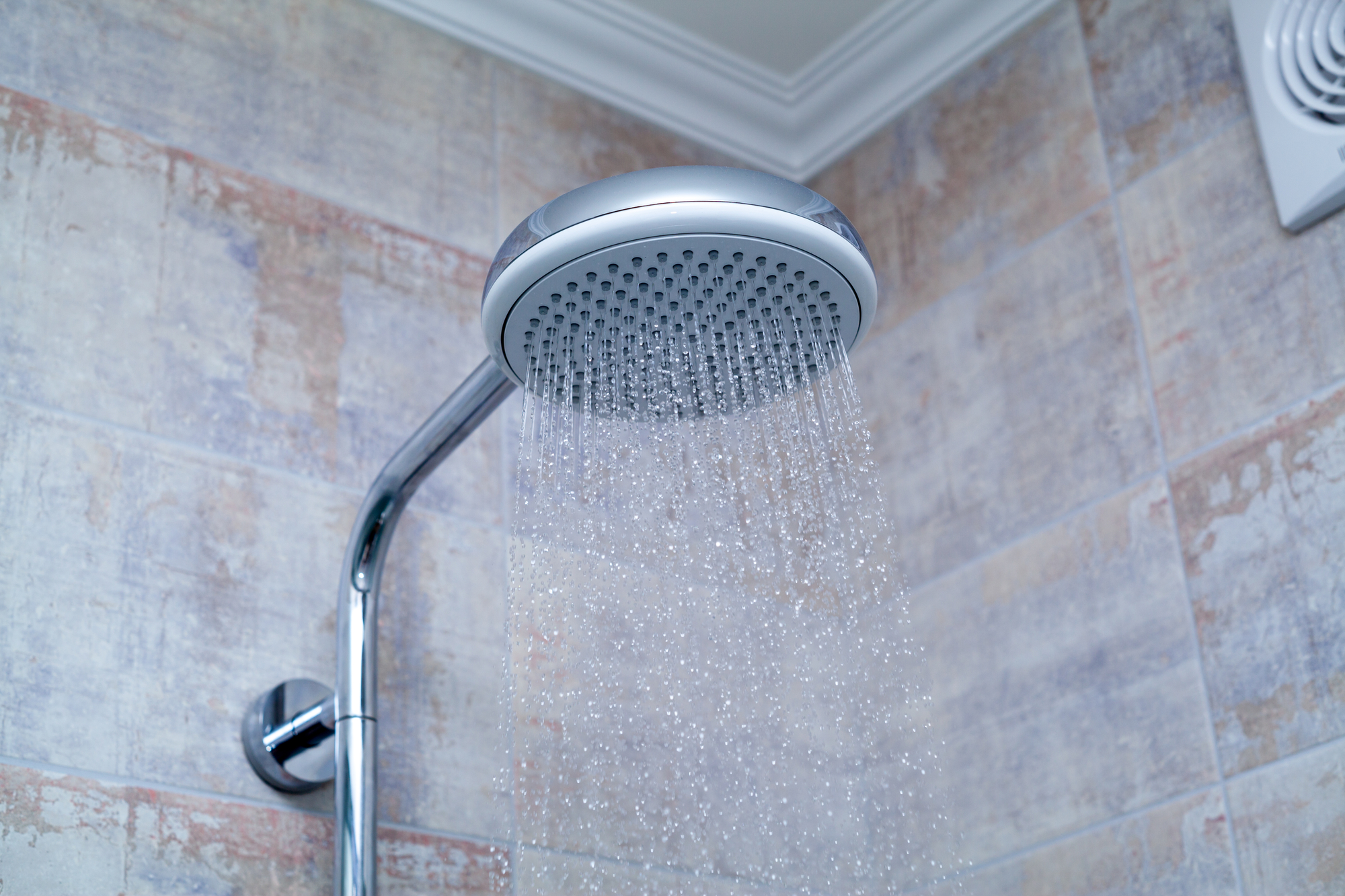
Lastly, it is undeniable that emergency plumbing issues will require the intervention of a professional plumber. There could be more significant issues at hand, like tree roots obstructing your sewer line, a faulty water heater, or a malfunctioning sump pump. These cases will need an expert’s attention.
However, by following the simple tips mentioned above, homeowners can dramatically reduce the frequency of emergency calls coming to professionals like us.
Remember to stay tuned for more interesting, valuable, and practical guides from our series – a comprehensive look at the world of plumbing, product reviews, news updates, and much more.
By providing this diverse range of content, I aim to bring value to everybody, from fellow plumbers who might be looking for updates, to homeowners needing practical advice, or even DIY enthusiasts looking for their next challenge.
And, as always, should you encounter a plumbing issue that’s beyond your skill set, don’t hesitate to reach out to a professional service or drop your queries here. We are ready to assist you because, is, ultimately, what plumbing is all about – lending a helping hand when people are in need.

